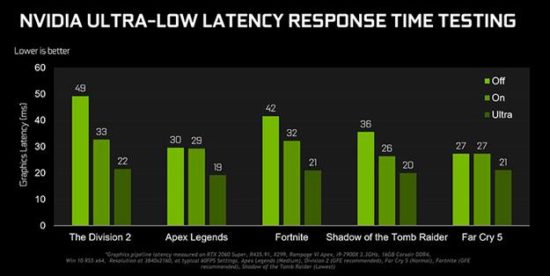Click the mouse, see something happen. Nvidia revamps pre-rendering scheme to keep up with AMD’s similar feature and improve game play.

Back in 2015 or earlier, Nvidia introduced a nice feature to help keep frame rates up with the users’ expectations. They called it Maximum Pre-Rendered Frames, also known as Max Frames to Render Ahead. It controls the number of frames the CPU prepares in advance of being rendered by the GPU. The default value is 3. The higher values tend to result in smoother but more laggy gameplay, while lower values can help reduce mouse and keyboard lag. Super low values such as 0 may impact performance, so the default of 3 is the lowest one should go.
Related to it is mouse lag which is due to low framerates. Adjusting Max Frames to Render is not an automatic cure to lag issues. But AMD recently discovered the issue and figured out a way to reduce lag (i.e., get mouse clicks closer to sync with the associated image to be displayed) and they called it Anti-Lag.
So Nvidia tuned up their Max Pre-Rendered Frames and rebranded it as Ultra-Low Latency Mode. The renamed and improved new feature has been simplified (both in name and performance). Low latency mode only has three settings: off, on, and ultra (down from five for the previous Max Frames to Render).
With the release of the new driver, says Nvidia, their new ultra-low latency mode enables ‘just in time’ frame scheduling, submitting frames to be rendered just before the GPU needs them, reducing latency by up to 33%.

Low latency modes have the most impact when a game is GPU bound, and framerates are between 60 and 100 fps, enabling one to get the responsiveness of high-framerate gaming without having to decrease graphical fidelity.






